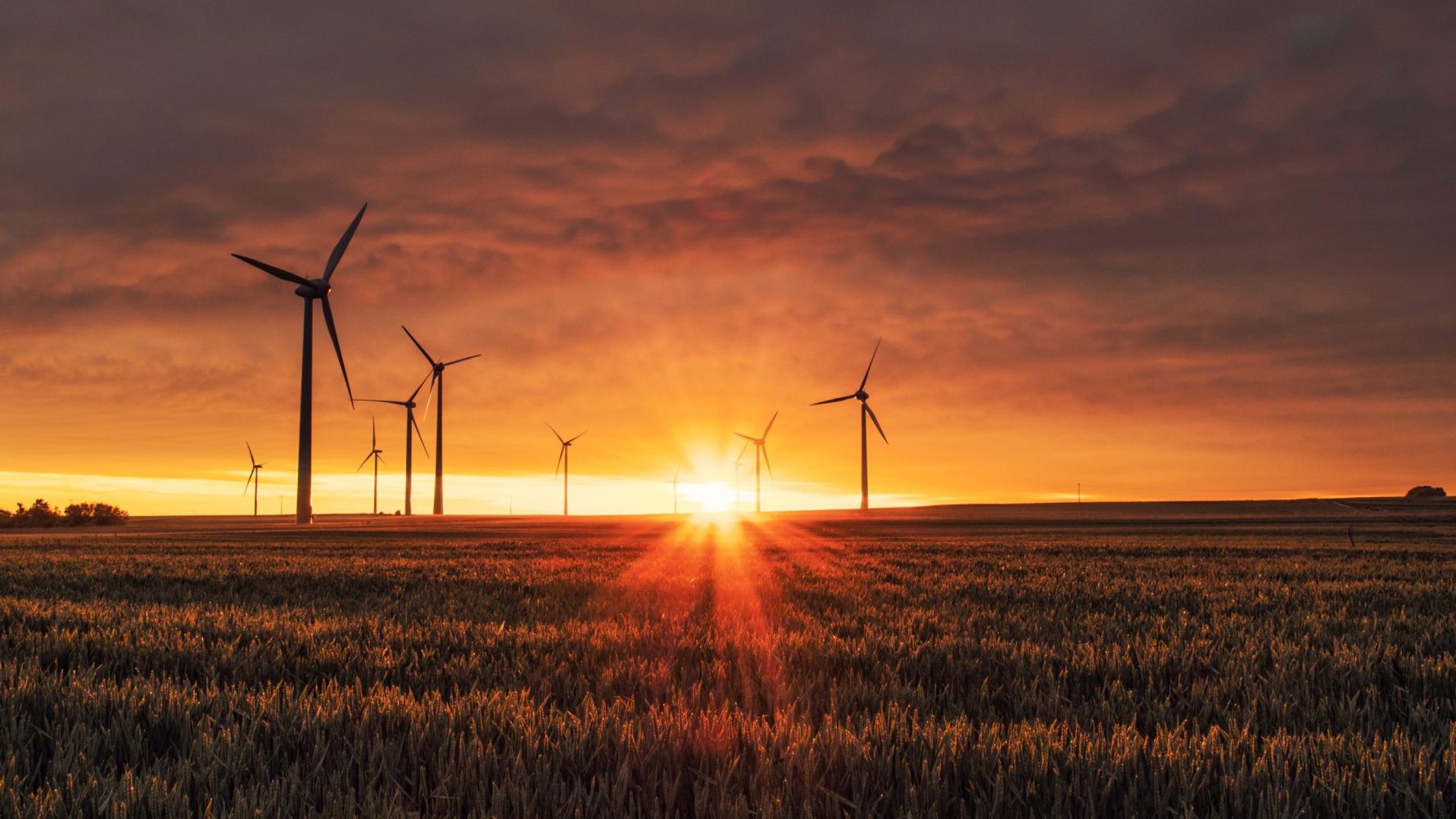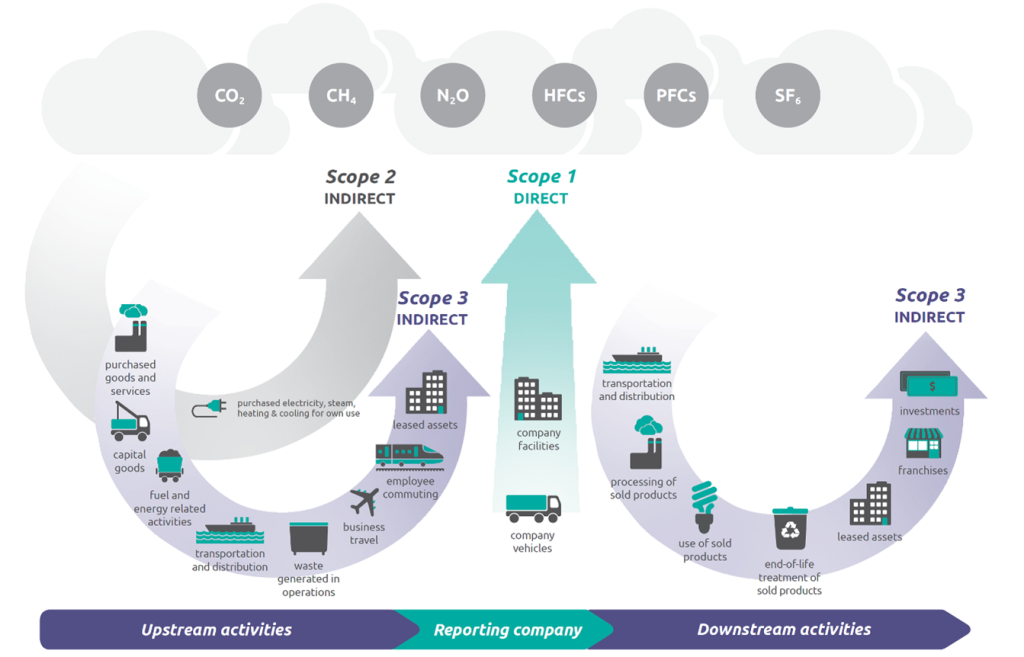Circular Economy and Me – Issue 4

CCUS and the circular chemical economy by Mengfei Jiang.
Chemical industry’s reliance on fossil fuels and fossil feedstocks results in the emissions of carbon dioxide (CO2) during the manufacturing, usage and end-of-life phases. The conversion of CO2 emissions into high-value chemicals is an example of a transition from the linear to the circular economy, which is essential to halt the ostensibly harmful influence of CO2 while also reducing the consumption of fossil-based raw materials. Thus, utilising “waste” emissions within different industries, via novel carbon capture and utilisation (CCU) technologies, can contribute to building a circular chemical economy.
Carbon capture and storage (CCS) is one of several climate mitigating technologies that is absolutely necessary to meet the IPCC’s 1.5 °Celsius target. However, like many other climate mitigation investment opportunities, the value generated by CCS is often insufficient to yield an appropriate risk-weighted return in the absence of government intervention through policy and legislation. In other words, there is no incentive for a developer to incur the costs of constructing and operating the CCS, even though it may be helpful from a larger societal standpoint in terms of cost-effectively meeting climate objectives. However, by adding the “U,” additional value is created, and thus commercial variable is conceivable. Most importantly, we may go beyond a linear economy and away from the “take, make, disposal” approach, by repurposing captured carbon to generate necessary items such as shampoo, washing liquid, and so on. The capacity to move to a circular economy is undoubtedly CCUS’ most valuable product.
Our Heriot-Watt University research team undertook a case study of laundry capsules manufactured from waste gas in a steel plant. The captured carbon monoxide was first turned to ethanol at the steel plant, then to surfactant by another chemicals business, and finally to detergent by a consumer goods manufacturer. Despite the success of the pilot program, the consumer goods manufacturer maintains that the product line is not commercially variable, and that scaling up will be difficult unless the extra costs are passed on to consumers.
As a result, one of the primary challenges to extensive carbon recycling is the difficulties in competing with low-cost virgin raw materials. However, several measurements could help to solve the issue. Firstly, governments might implement carbon taxes, encouraging all forms of CCUS and making the CCU products more competitive in the market if the tax was high enough. Secondly, direct carbon recycling and reuse subsidies and some other publicly backed financial instruments will also do.
Furthermore, the consumer goods manufacturer claims that they are ineligible for the credit since the usage of sustainable feedstock is not represented in their carbon footprint. Presumably, Scope 3 emission (See the Figure below) sources are most likely not included in the carbon footprint assessment. However, because Scope 3 emission sources may account for the majority of a company’s GHG emissions, they frequently provide chances for emissions reduction, as the organisation may be able to influence the actions that cause the emissions. Based on their policies, the company may also be able to influence its suppliers or pick which vendors to contract with.

Further reading:
https://www.frontiersin.org/articles/10.3389/fenrg.2020.00159/full
https://www.jwnenergy.com/article/2020/8/17/adding-u-role-carbon-capture-utilization-and-stora/
https://www.soci.org/en/news/general-news/carbon-dioxide-utilization